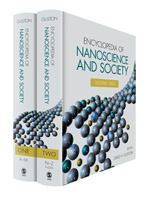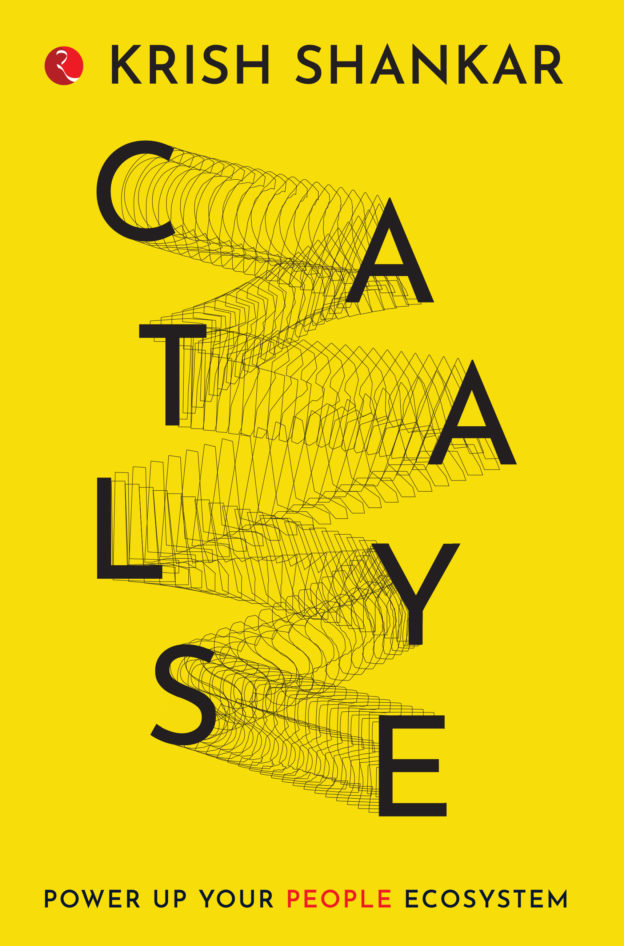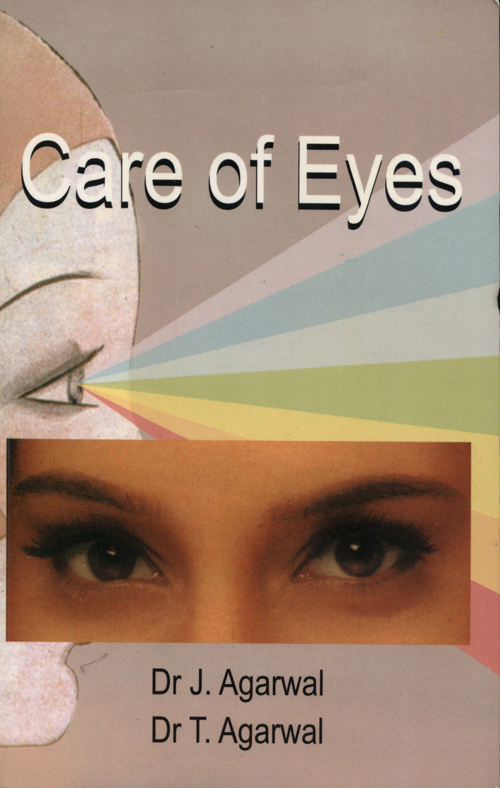Encyclopedia of Nanoscience and Society
no information available
Nanoscience is an exploding field that has been described as the Next Big Thing, equivalent ta New Industrial Revolution The fields touched by its applications include information technology, biotechnology and health care, energy production and utilization, security and national defense, food and agriculture, aerospace, manufacturing, and environmental improvement 2004 saw publication of twhuge multi-volume works (Schwarz and Nalwa), but as a January 2005 Choice review noted, the field is changing srapidly you almost could consider any encyclopedia on the topic obsolete on arrival While that may be somewhat true of specific details of a fast-moving technology, more enduring will be the social issues raised by emerging technologies like these That same Choice review noted neither of the new encyclopedias attempted tdeal with such issues, focusing instead on engineering aspects, ôseconomic and social implications of nanoresearch await treatmentö We propose tprovide that treatment in an encyclopedia covering the ethical, legal, policy, social, economic, and business issues raised by the science and the technology Because of their far-reaching consequences, truly transformative technologies always generate controversy Thus, while nanotechnologies hold promise tdramatically improve quality of life, the popular press often focuses on negative specters of a Frankenstein or a PandoraÆs box Somewhere between the hype of those promising abundance for all and the gloom of those forecasting global doom are social scientists and ethicists attempting tidentify and understand the broad implications of nanotechnology, tgauge its promise and acceptance, tassess impacts for decisions by regulatory agencies, and tfacilitate the development of judicious policy approaches tnew technology options ... Read more Read less











